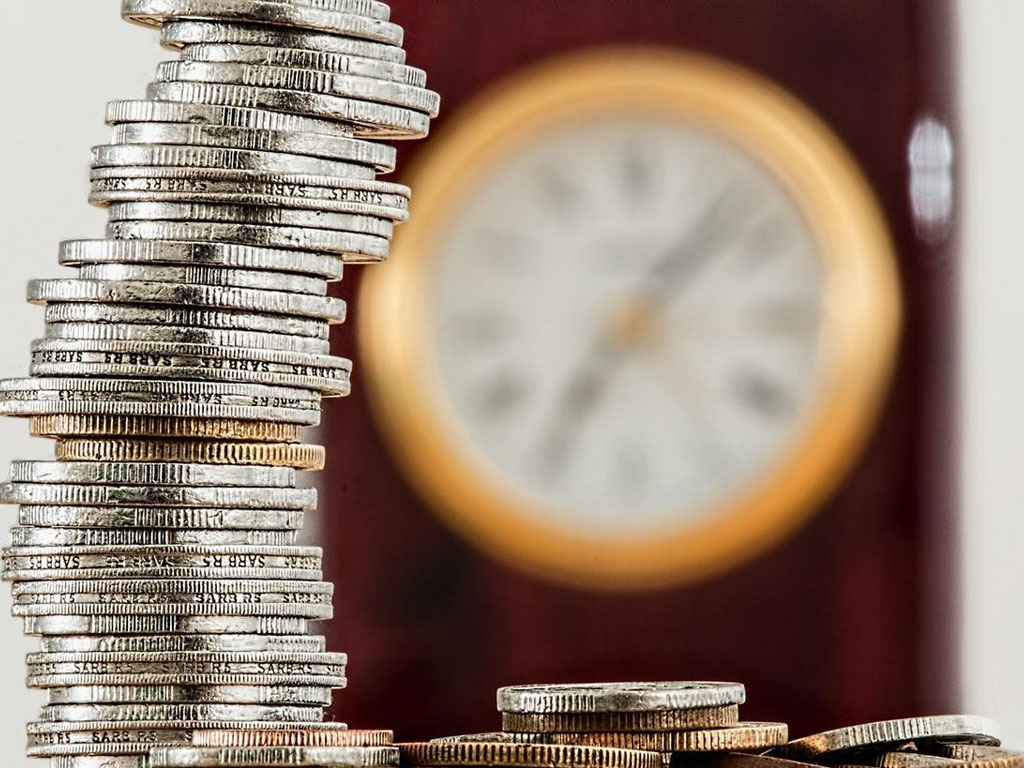The new (new auto policy)

The PTI government is contemplating a “comprehensive auto policy” to be implemented from 2022 after much fanfare and considerable success of the last one—the Auto Development Policy (AIDP) 2016-2021—which is still under implementation and was formulated by the previous government, and no doubt would be a Nawaz-Miftah legacy. But before anyone can even evaluate or review the success of the policy—not just in the number of new players it could attract, but what gains (and costs) did the economy incur once the policy kicked in and whether it was even worth the while, the incumbent government is already thinking about another policy.
The five year policy is in its third year, and has not completed its full term. At the same time, the government has also introduced an electric vehicle policy which—much to the dismay of existing players and new automobile entrants—will allow the duty free import of new and used electric vehicles (EV), in order to familiarize the market with them as new EV players start assembling(Read more: “Charging…III”, Dec 3, 2019). The aim is to become 30 percent electric by 2030. But this aim seems incongruous to the AIDP 2016 policy where all the new players have planned combustion engine assembly lines.
The EV policy puts a dampener on the existing plans of new entrants as they might have to go back to the drawing board earlier than expected—possibly even before they could start getting a return on their investment so far. In addition, the exemptions they have received through the policy which has given them a head start would also be neutralized with the added competition of imported electric vehicles in the market—mind you, a market with a shrinking demand. Car buyers are no longer lining up the showrooms and in fact, many automobile assemblers have had to close down shop for days at end unable to keep capacity utilization optimum with a piling inventory of cars not sold.
What the government needs to do post-haste is to consolidate the EV policy together with the ongoing AIDP 2016 before it turns new investors away, and relations with old investors sour. Inconsistencies need to be reviewed and rectified. But even once that is done, contemplating the next policy makes little to no sense—for one, as earlier mentioned, policymakers have not evaluated the current policy to learn anything from it. But more importantly, why do we need another policy if the 2016 one actually proves successful? A five year policy with tariff (and tax) concessions and exemptions are good enough—and should suffice for new players to establish a foothold in the market. The industry will not need a new policy in 2022, it would need good governance and eventually an opening up of the market to imports—which would allow competition to flourish.
In fact, if policymakers want to stay busy, they could lend some focus to the still-nascent auto parts industry. The sector remains undeveloped but has a huge exporting potential as well as the ability to become part of the automobile global (or regional) value chains. But just churning out new policies for the sake of it will not earn anyone any brownie points—or in this case, miles.






















Comments
Comments are closed.